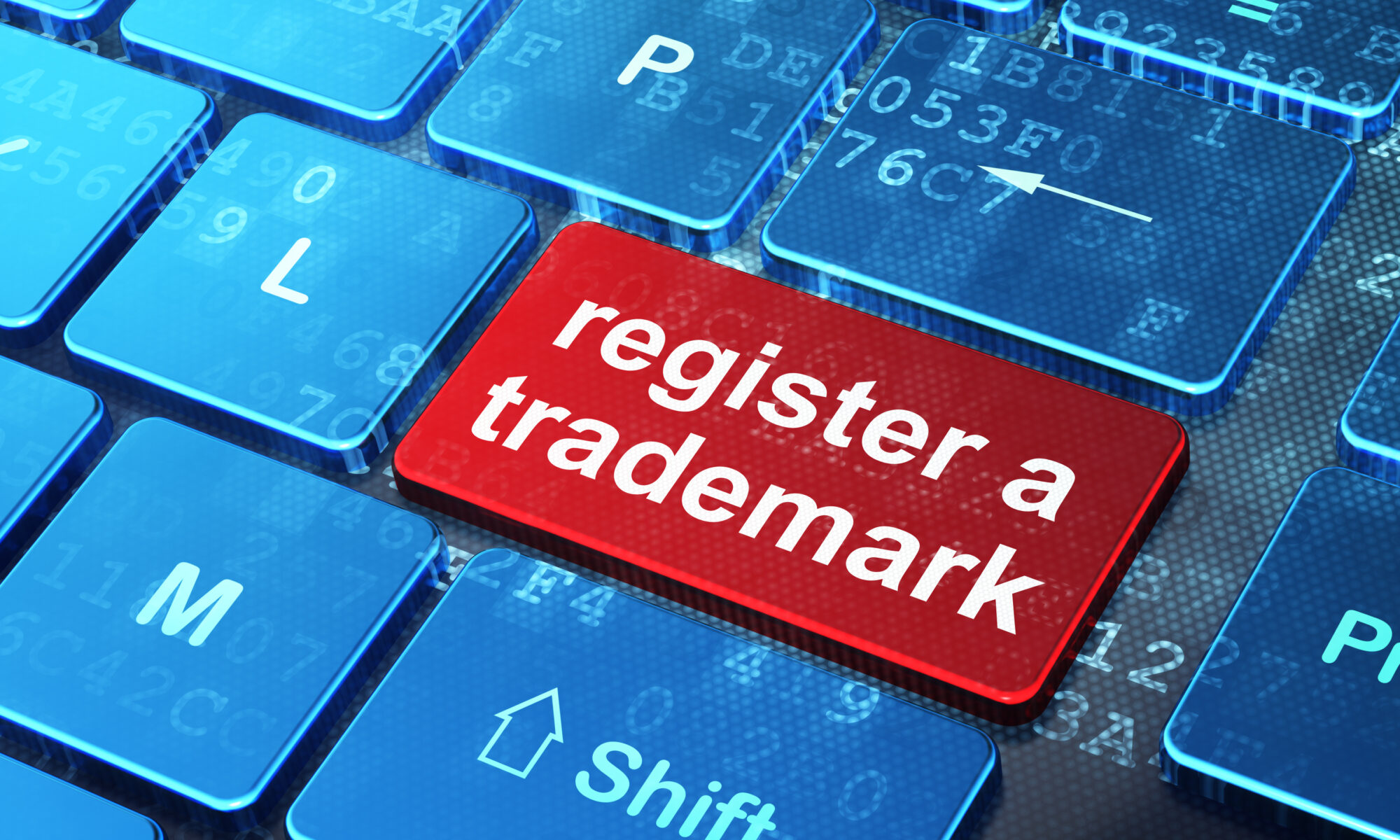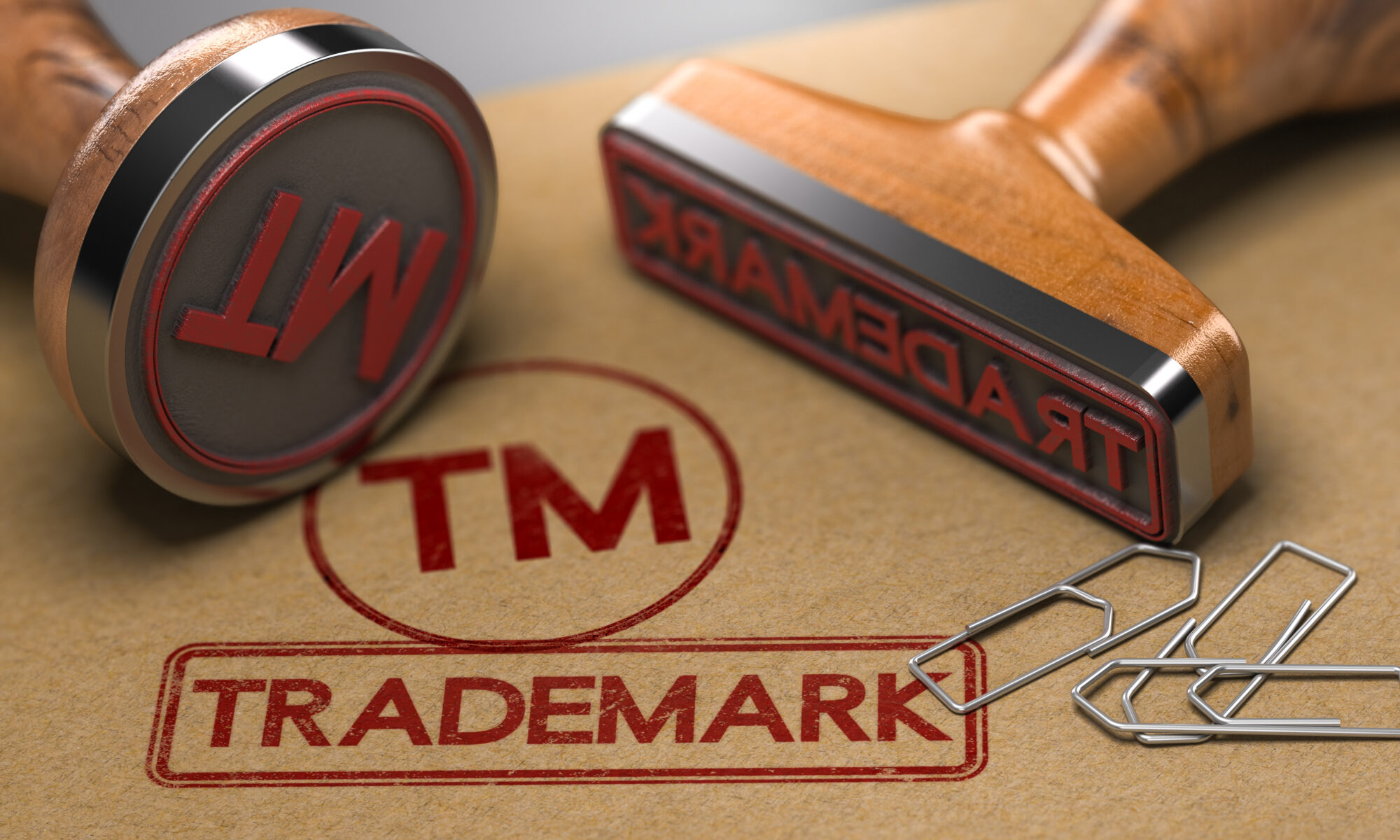The COVID-19 pandemic has popularized online shopping as a convenient and safe mode of buying goods. More and more buyers prefer purchasing goods online. As a result, companies have started selling products through their websites.
Additionally, online purchases can be made via third parties through social media pages (Facebook/Instagram) and online shopping sites (Lazada/Shopee). However, recent reports on sales of supposedly counterfeit goods have revealed the dangers of online shopping.[1]
Liability of Online Shopping Sites
Under the Philippine Intellectual Property Code (I.P. Code), any person who sells products that bear the registered mark of another, without the latter’s consent, is liable for trademark infringement.[2] For instance, the owner of an Instagram page that sells counterfeit products may be held liable for infringement. With respect to online shopping sites, however, ascribing liability becomes tricky. Many sites disclaim liability by alleging that they act as mere intermediaries that bring sellers and buyers together.
Other Jurisdictions
A landmark case in Europe has held that online sites are indeed liable for selling counterfeit products.[3] It ruled that these platforms could not disclaim liability if they fail to act expeditiously after (1) playing an active role in the promotion or sale of the trade-marked goods, or (2) gaining knowledge of facts or circumstances that should have put them on notice that the offers for sale were unlawful.[4]
In the U.S, it was held that online marketplaces are not liable for sales of counterfeit items if they did not have knowledge of specific infringing sellers or listings.[5] However, in another case, Court subsequently held an online marketplace liable even if the infringed brands did not send formal take-down notices to the seller.[6] Another was held liable for failing to send an email blast which would have curtailed acts of infringement.[7]
Philippines
The DTI has advocated for legislation that would make online platforms liable for selling counterfeit products.[8] Senate Bill No. 1591 seeks to regulate e-commerce in the Philippines by penalizing online merchants and shopping platforms who sell fake or unregistered items, with a fine equivalent to a hundred percent of the amount of the counterfeit goods offered.[9] Considering that there is still no settled jurisprudence on this matter, such proposal is a welcome development. Nevertheless, we believe that a penalty equivalent to the value of the counterfeit product is a mere slap on the wrist. Congress can certainly do more to protect consumers!
What to do when you receive a counterfeit product
Despite the vacuum in our laws, there are ways to make companies accountable for selling fake products. One way is to alert the online platform that one of their sellers is advertising fake products. Doing so would prompt them to conduct and investigation and possibly blacklist the guilty seller. More importantly, it would render them unable to raise the defense of lack of knowledge regarding the sale of fake products. Notably, popular sites like Lazada and Shopee provide ways for consumers to chat with their customer care teams. One can even go further and alert the owners of the products that other sellers are infringing upon their brands.
Can you reject or return the product?
The short answer to this is yes. The sale of a counterfeit product is a criminal act [10] which should not be condoned nor tolerated. Aside from the I.P. Code, the Consumer Act allows a buyer to file a case against sellers who are guilty of false advertising.[11] Surely, one should never be forced to accept the product of a criminal offense.
For questions regarding this article, email us at inquiry@cfiplaw.com.
Note: The article above is for informational purposes only and does not constitute
legal advice.
[1] https://www.pna.gov.ph/articles/1122237; https://news.abs-cbn.com/business/10/23/15/why-etude-house-distributor-sued-lazada.
[2] Sec. 155, Intellectual Property Code of the Philippines, Rep. Act No. 8293.
[3] Case C-324/09, L’Oréal SA v. eBay Int’l AG, 2011 E.C.R. I-6011.
[4] Ibid.
[5] Tiffany (NJ) Inc. v. eBay Inc., 600 F.3d 93 (2nd Cir. 2010)
[6] Chloé SAS et al. v. Sawabeh Information Services Co. et al., Civil Action No. 2:11-cv-04147 (C.D. Cal.).
[7] 1-800 Contacts, Inc. v. Lens.com, Inc., 722 F.3d 1229 (10th Cir. 2013).
[8] https://cnnphilippines.com/news/2019/10/8/DTI-counterfeit-online-shopping.html.
[9] https://news.abs-cbn.com/business/09/03/20/gatchalian-wants-online-shopping-apps-penalized-for-sale-of-fake-items.
[10] Sec. 170, Intellectual Property Code of the Philippines, Rep. Act No. 8293.
[11] Article 123 in relation to Article 110, Consumer Act of the Philippines, Rep. Act No. 7394.







